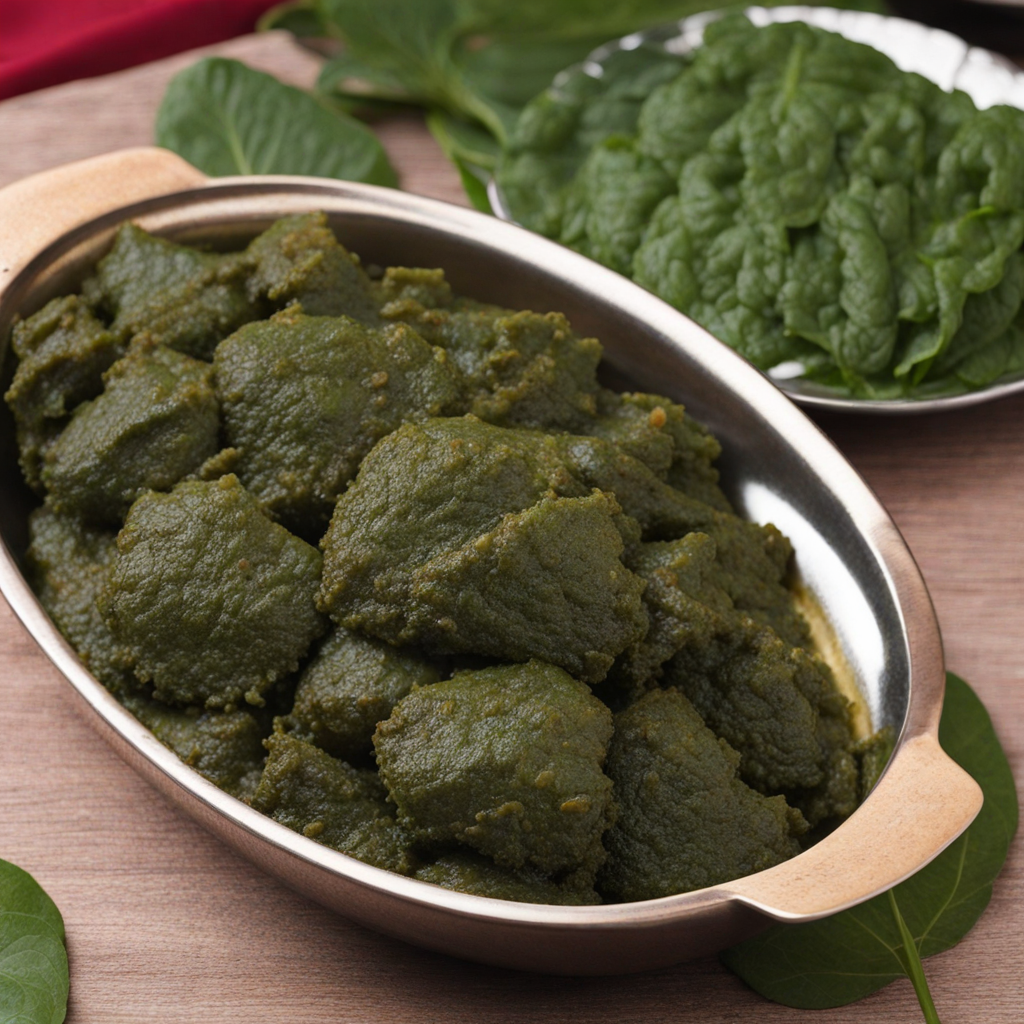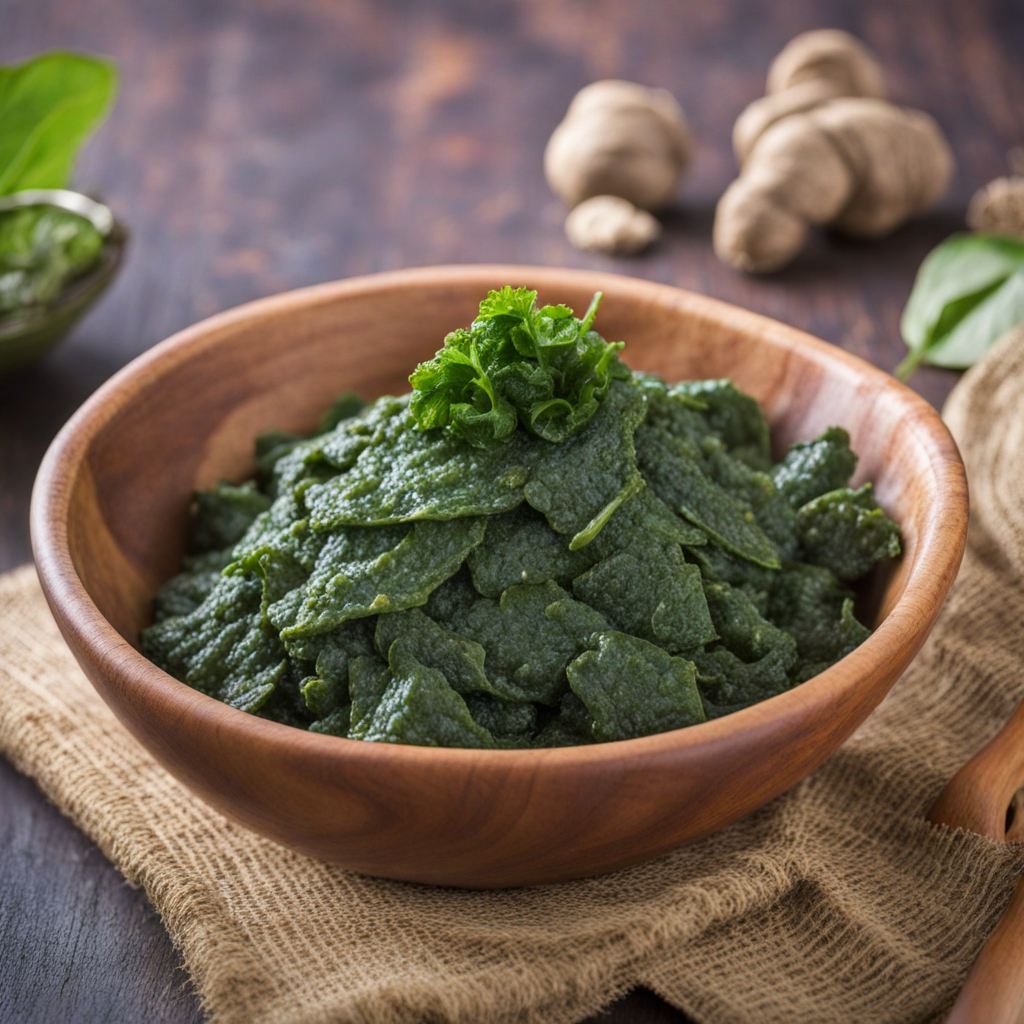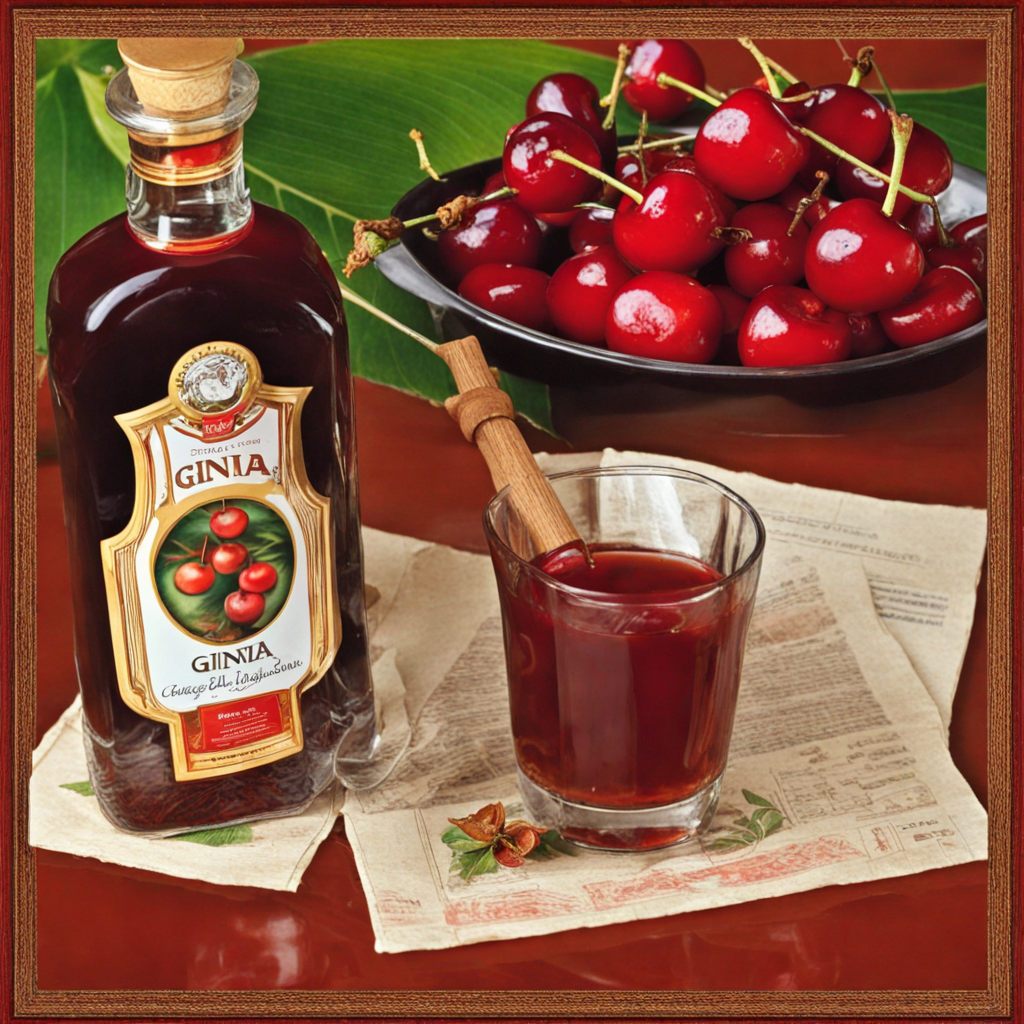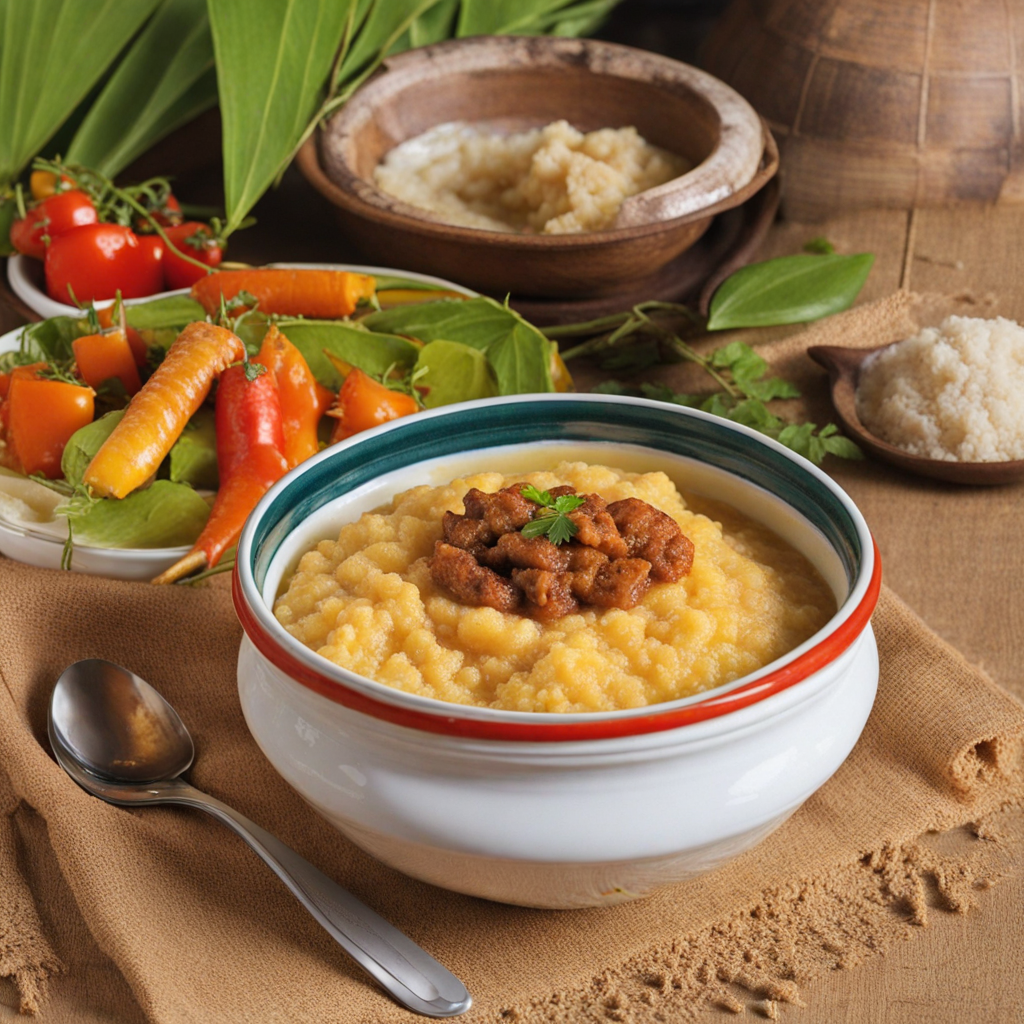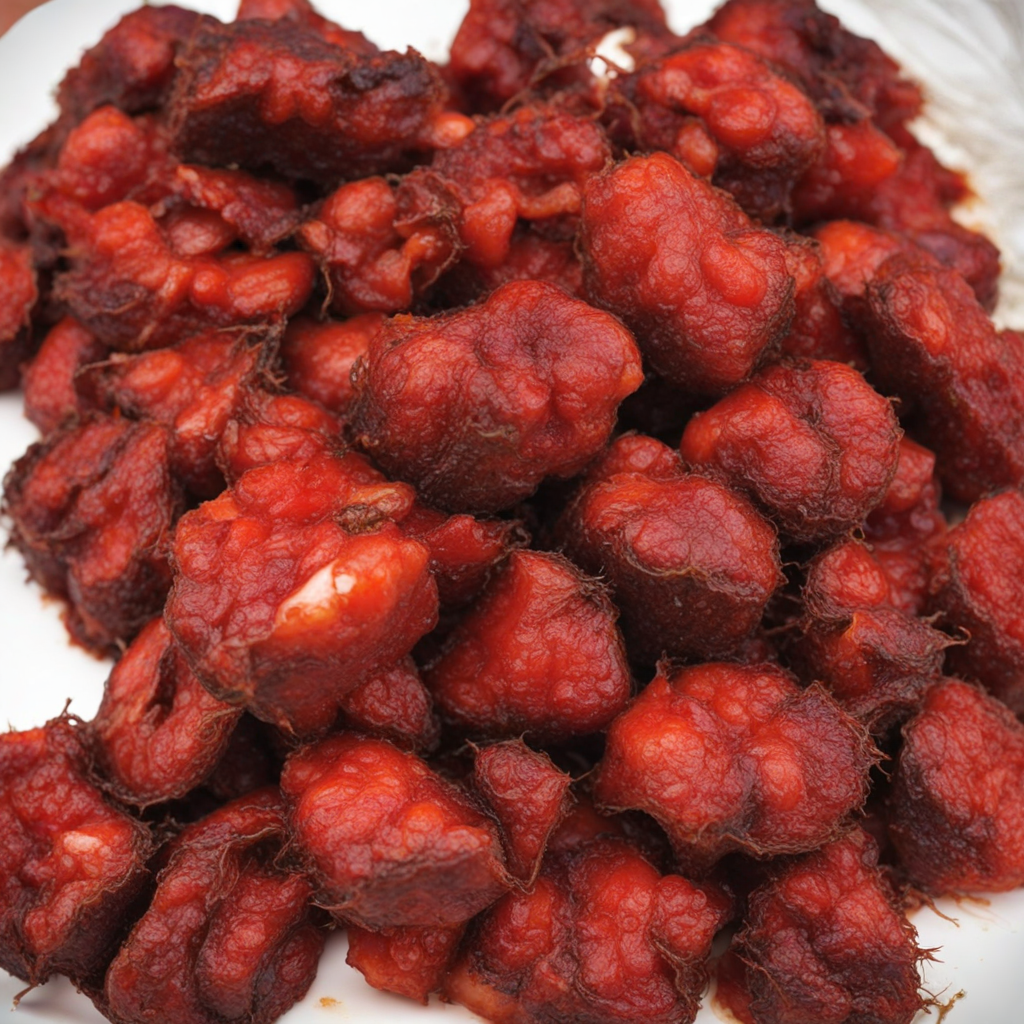Kizaca
Kizaca is a traditional Angolan dish that embodies the rich culinary heritage of the region. At its core, Kizaca is a hearty stew made from a variety of vegetables, often including sweet potatoes, cassava, and leafy greens, which are simmered together to create a flavorful base. The dish is typically enhanced with a blend of aromatic spices, such as garlic, ginger, and paprika, which infuse the stew with warmth and depth. The vibrant colors of the vegetables, combined with the fragrant spices, make Kizaca not only a treat for the palate but also a feast for the eyes. One of the standout features of Kizaca is its versatility. It can be prepared with an array of proteins, from chicken and fish to beans and lentils, catering to both meat lovers and vegetarians alike. The proteins are often marinated before cooking, allowing them to absorb the rich flavors of the spices and the earthy sweetness of the vegetables. This adaptability makes Kizaca a beloved dish across Angola, enjoyed at family gatherings and celebrations, as well as in everyday meals. The experience of savoring Kizaca is not just about taste; it’s also about the communal aspect of sharing food. Traditionally served in a large pot, diners are encouraged to gather around, scooping out portions with their hands or using utensils, and enjoying the meal together. The warmth of the stew and the vibrant flavors create a comforting atmosphere, making Kizaca more than just a dish – it’s a celebration of Angolan culture, unity, and the joy of sharing a meal with loved ones.
How It Became This Dish
The History of Kizaca: A Culinary Jewel of Angola Origins of Kizaca Kizaca, a traditional Angolan dish, holds a significant place in the country’s culinary landscape. Its roots can be traced back to the indigenous peoples of Angola, particularly the Ovimbundu and the Kimbundu ethnic groups, who have long inhabited the central and northern regions of the country. The dish is primarily made from ingredients that are staples in Angolan cuisine, including cassava (manioc) flour, palm oil, and a variety of vegetables and proteins. The name "Kizaca" itself is believed to derive from the Kimbundu language, reflecting the cultural and linguistic diversity of Angola. As Angola is a land rich in natural resources and biodiversity, the ingredients used to prepare Kizaca were readily available, allowing it to evolve into a popular dish among various communities. Cultural Significance Kizaca is more than just a meal; it embodies the spirit and resilience of Angolan culture. It is often associated with family gatherings, celebrations, and communal feasts, serving as a symbol of togetherness and hospitality. In traditional Angolan society, food plays a crucial role in social interactions, and Kizaca is frequently prepared for significant events such as weddings, birthdays, and religious ceremonies. Moreover, Kizaca is representative of the broader culinary practices in Angola, where there is a harmonious blend of indigenous, Portuguese, and other African influences. The Portuguese colonial period, which lasted from the late 15th century until the 20th century, introduced new ingredients and cooking techniques to Angolan cuisine, resulting in a rich tapestry of flavors and methods. Kizaca, with its use of palm oil and various spices, reflects this fusion and illustrates how food transcends cultural boundaries. Development Over Time The evolution of Kizaca over time is tied to the historical events that shaped Angola. The dish has adapted to the changing socio-economic landscape, especially during periods of colonial rule and the subsequent struggle for independence. Angola gained independence in 1975 after a protracted liberation war, and this pivotal moment in history led to a renewed sense of national identity, which was reflected in the culinary practices of the people. In the post-independence era, Kizaca has evolved to incorporate a wider variety of ingredients, influenced by globalization and the movement of people. Urbanization has brought about changes in dietary habits, where modern versions of Kizaca may include not only traditional proteins like chicken, fish, or beef but also newer options such as tofu or shrimp, appealing to a younger, more cosmopolitan audience. Additionally, the proliferation of restaurants in urban centers like Luanda has allowed for the introduction of innovative interpretations of traditional dishes, making Kizaca a staple in both home cooking and fine dining establishments. Modern Variations of Kizaca Today, Kizaca can vary widely in its preparation and presentation. While the traditional version remains a beloved dish, contemporary Angolan cooks often put their own twist on it. Some may choose to add more exotic spices or incorporate seasonal vegetables to reflect local agricultural practices. This adaptability is a hallmark of Kizaca's enduring popularity. In restaurants, Kizaca is often served with a side of grilled fish or chicken, accompanied by a spicy sauce known as "molho de piri-piri," which adds an exciting kick to the meal. In some regions, Kizaca may also be prepared as a thicker porridge, served directly from a communal pot, emphasizing its role as a dish meant for sharing. Kizaca in the Global Context As Angola continues to engage with the global community, Kizaca has begun to make its mark beyond its borders. Increasing interest in African cuisine has led to Angolan dishes being showcased in international culinary festivals and food expos. Chefs of Angolan descent are also gaining recognition for promoting their heritage through food, and Kizaca has become a point of pride for many in the diaspora. Social media has played a significant role in this global exposure, with platforms like Instagram and TikTok helping to share recipes and cooking techniques to a wider audience. Food bloggers and influencers have taken to showcasing traditional Angolan dishes, including Kizaca, which has sparked curiosity and appreciation among food enthusiasts worldwide. Conclusion Kizaca is a dish steeped in history, culture, and community. Its origins reflect the diverse influences that have shaped Angolan society, from indigenous practices to Portuguese colonialism. The cultural significance of Kizaca cannot be overstated; it serves as a centerpiece for family gatherings and celebrations, reinforcing social bonds and cultural identity. As Kizaca continues to evolve and adapt, it remains a testament to Angola’s rich culinary heritage. The dish not only nourishes the body but also tells a story of resilience, innovation, and the importance of community. In an increasingly globalized world, Kizaca stands as a symbol of pride for Angolans, a bridge connecting the past with the present while looking toward a future where traditional foods continue to thrive and inspire new generations. Through its journey from indigenous roots to modern interpretations, Kizaca exemplifies the power of food to unite people, celebrate culture, and transcend borders, making it a true culinary jewel of Angola.
You may like
Discover local flavors from Angola


